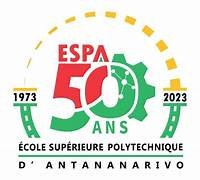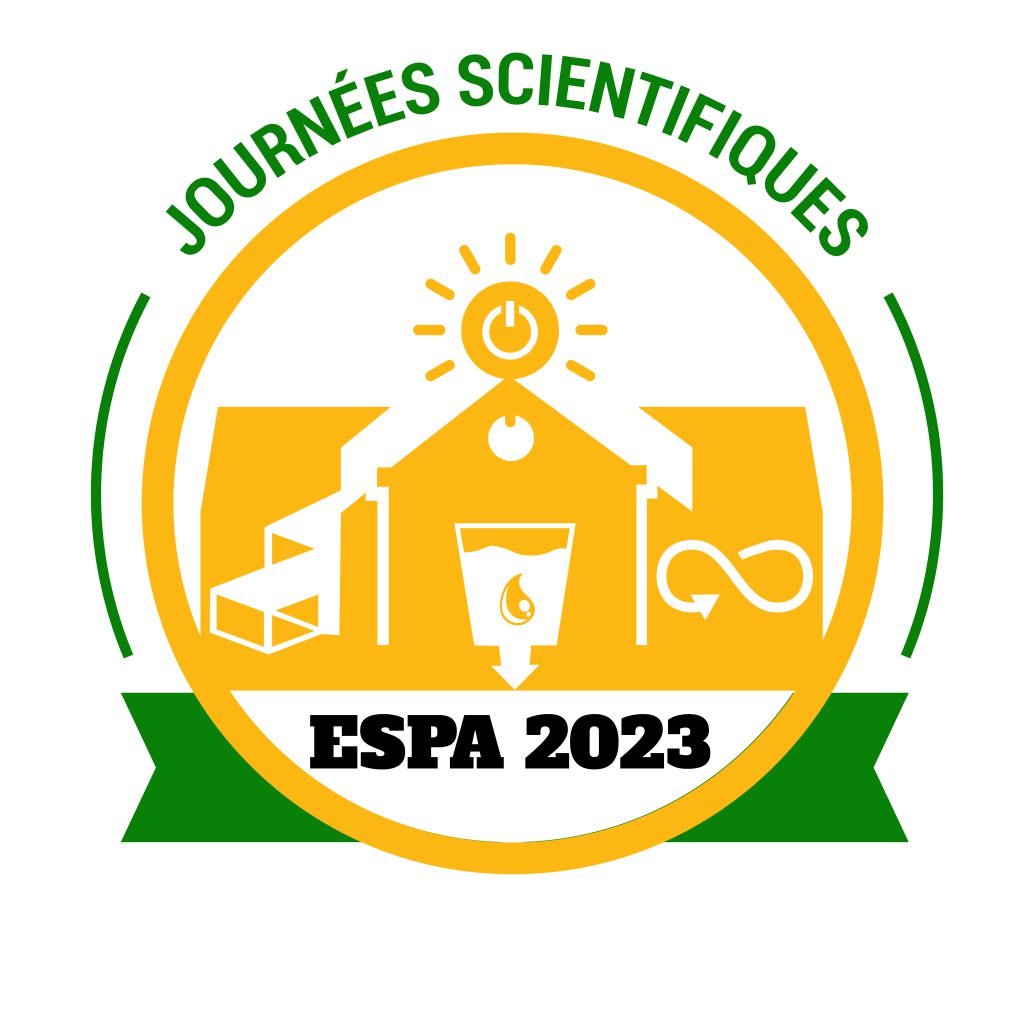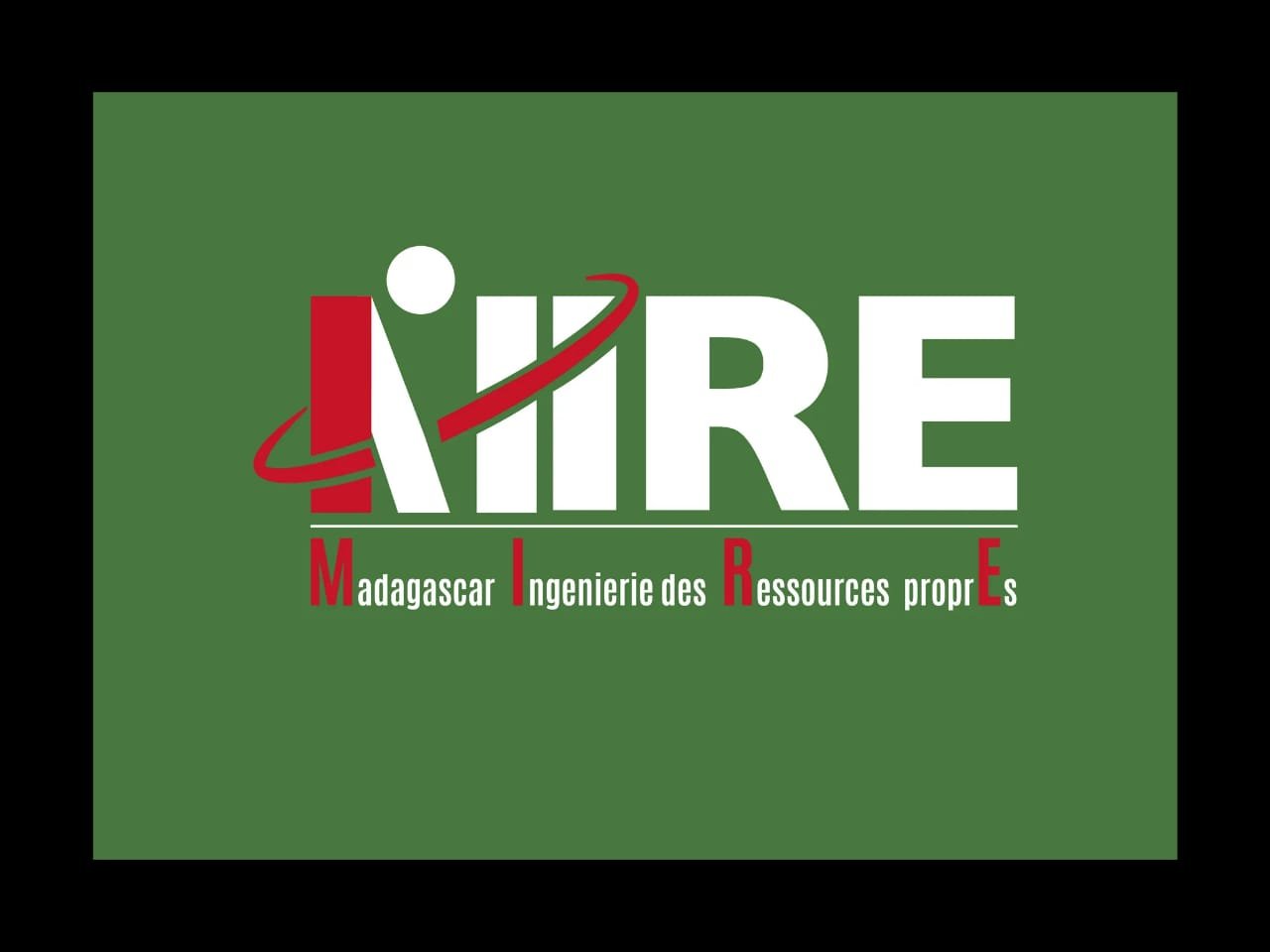Autonomous system for the treatment of liquid and solid mining tailings
Résumé
The extractive industry releases considerable amounts of liquid and solid residues as a result of various ore treatments. These tailings can damage the environment, including soil, groundwater and stream pollution, as toxic chemicals are used during the extraction process. As a result, they should not be dumped into the wild without treatment. This led to the establishment of an autonomous system for the treatment of liquid mine residues in the form of water for the production of electrical energy and the depollution of solid residues by the method of thermal desorption using a furnace proposed in this study. Throughout the research, various approaches have been used to determine whether the energy generated by the hydroelectric system of liquid residues would be sufficient to supply the thermal desorption for the treatment of solid residues. Consistent approximate values have been obtained but more concrete examples are needed to optimize the results.
Thermal desorption, artificial ponds, hydroelectric, energy, slope, furnace
References
[2] http://www.andrewleestrust.org/docs/ALT_UK_WATER_BRIEFING_ON_QMM_2020.pdf
[3] Moura, A.; Lutter, F. S.; Siefert, C.; Dombrowski Netto, N.; Sena Nascimento, J. A.; Castro, F. (2021). Estimating water input in the mining industry in Brazil: A methodological proposal in a data-scarce context. The Extractive Industries and Society. pp.01-15. https://doi.org/10.1016/j.exis.2021.101015
[4] Liu, M. (2019). Grants Lithium Project, Preliminary Mine Site Water Balance, Supplementary Report; Report 01000405S; EnviroConsult Australia Pty Ltd, 01-50.
[5] Cottin, L. (2009). Les évacuateurs de crues des barrages hydroélectriques concédés français - Vue synthetique du parc; Colloque CFBR-SHF: «Dimensionnement et fonctionnement des évacuateurs de crues», Lyon. 01-08.
[6] Naqash, M. T. (2023). Assessment of Renewable Energy Potential in a Region Based on Climatic Conditions. International Journal of Energy, Environment and Economics; Vol. 30, N° 1: pp. 83-95.
[7] https://www.doc-developpement-durable.org/file/eau/pompes/Le%20pompage.pdf
[8] www.hermetic-pumps.fr/pompe-centrifuge-a-rotor-noye-camtkh
[9] Babusch, A.; Ebert, T.; König, K. H.; Makoschey, T.; Millies, A.; Oraschewski, M.; Rudolph, B. Le manuel des pompes: Principes fondamentaux de la technologie des pompes; 800/1701/FR; Wilo, Suisse, 2016.
[10] Rasolomampionona, F. Fabrication d’une turbine Francis en monobloc; Master Thesis, University of Antsiranana, Ecole Supérieure Polytechnique, Mechanical Department, 2006.
[11] Penche, C. (2005). Petite hydroélectricité: Guide technique pour la réalisation du projet; ALTENER Program of the European Commission DG-TREN (Directorate General for Transport and Energy); ESHA – European Small Hydropower Association; Brussel, Belgium, 01-21.
[12] Kengne Signe, E. B.; Bogno, B.; Aillerie, M.; Hamandjoda, O. (2018). Performance in Feasibility Studies of Micro Hydro Power Plants. New Software Development and Application Cases in Cameroon. Technologies and materials for renewable energy, environment and sustainability: TMREES, Athenes, Greece. pp.1391-1403, 10.1016/j.egypro.2018.11.304. hal-02429858. https://hal.science/hal-02429858
[13] Chapallaz, J. M. (1995). Petites centrales hydrauliques - Turbines hydrauliques; ISBN 3-905232-54-5; Action Program PACER – Renewable Energies, Office fédéral des questions conjoncturelles: Switzerland, N° of purchase 724.247.1f.
[14] Ethali Chaouki, D. E.; Hamdan, T. Étude de caractérisation technique d'une turbine hydraulique de Francis; Academic Master, University of Abdelhamid Ibn Badis Mostaganem, Algeria, 2022.
[15] https://professionnels.ofb.fr/sites/default/files/caracteristiques_turbines_principales-2.pdf
[16] Tripathy, S.C. (2017): Speed Governing of Micro Hydro Generators. International Journal of Energy, Environment and Economics; Hauppauge Vol. 25, N° 1: pp. 75-87.
[17] Ramamonjisoa, H. A. Détermination et modélisation du potentiel hydroélectrique du site d’Antafofobe sur la rivière Lily; Master Thesis, University of Antananarivo, Ecole Supérieure Polytechnique d’Antananarivo, Geological Engineering Department, 2014.
[18] Rajaonarivony, D. D. Projet d’aménagement de microcentrale hydroélectrique à basse chute de Sahabe dans la commune rurale de Bejofo; Master Thesis, University of Antananarivo, Ecole Supérieure Polytechnique d’Antananarivo, Mining Engineering Department, 2016.
[19] Sabourin, M. Hydraulique et hydroélectricité - Le système hydroélectrique; ENR811 Hydraulic Energy, 2021.
[20] Saadaoui, H.; Haemers, J.; Denecheau, P.; Cédou C. Utilisation de la désorption thermique pour l’élimination in situ des couches flottantes d’hydrocarbures; Proceedings of the 18th International Conference on Soil Mechanics and Geotechnical Engineering, Paris, 2013, pp 3065-3068.
[21] ADEME. (2019). ESTRAPOL Project, Essais de faisabilité de traitement de sols pollués, ADEME Expertise Report. https://www.ademe.fr/mediatheque
[22] Haemers, J. (2013). Désorption thermique in situ: vers une dépollution durable. https://www.tpstech.com
[23] BRUXELLE ENVIRONMENT. (2018). Désorption thermique à moyenne temperature; Code Bonne Pratique N° 10, 01-44.
[24] Dufresn, M. Les technologies de traitement des sols contaminés: lesquelles sont durables? Environmental institute for obtaining Master grade in Environment, University of Sherbrooke, May 2013.
[25] https://selecdepol.fr/fiche-technique/desorption-thermique-sur-site-hors-site
[26] http://www.thermoconcept-sarl.com/base-de-donnees-chaleur-specifique-ou-capacite-thermique
[27] Altaf, M.; Zulfiqar, Z. (2023). Assessing the Possibilities of Using Locally Available Sustainable Materials for Construction Purposes. International Journal of Energy, Environment and Economics; Vol. 29, N° 4: pp. 457-470.
[28] Yu, H.; Solvang, W. D. (2016). Route planning of municipal solid waste management: a methodology and literature review. International Journal of Energy, Environment and Economics; Hauppauge Vol. 23, N° 1: pp. 243-263


